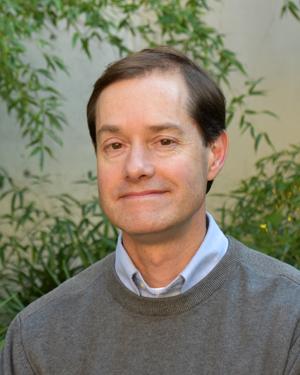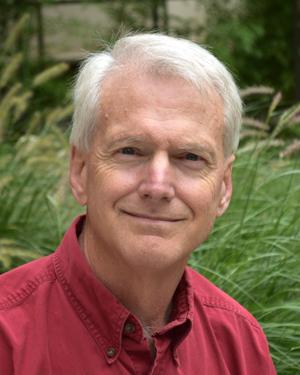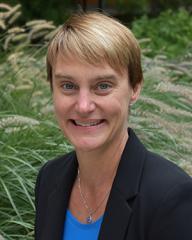Several faculty members of the School's Department of Biostatistics are actively involved in leading the research for preventing the spread of HIV, including James Hughes, Peter Gilbert and Barbra Richardson. To mark World AIDS Day on Dec. 1, we highlight their efforts to improve population health.

Peter Gilbert, research professor of biostatistics, has focused mostly on vaccine clinical trials in his work. Gilbert thinks of biostatisticians as philosophers of science, who think precisely about the scientific objectives and apply statistics as a tool to rigorously meet those objectives, taking care to use appropriate models under realistic assumptions.
Given the interdisciplinary nature of the work, he believes communication is a key element of doing the job well. “We have to connect the statistics to the questions people care about most,” he says.
Gilbert recently wrote about the challenges of designing future vaccines. One challenge is finding a way to measure, perhaps with a blood test of immune response markers, how a vaccine works in some people but not others. Gilbert has a joint appointment with the Fred Hutchinson Cancer Research Center. He may be best known for leading the statistical design and analysis of an immune correlates study of what is called the Thai trial, published in 2012, which established a process for correlates discovery that may be useful for other vaccine trial settings. In the Thai trial, two vaccines against HIV were combined.

James Hughes, professor of biostatistics, has been working on research trials about injectable medications compared to oral medications for PreP. “We are all trying to add tools to the toolbox” to prevent and treat HIV infections, he says. Some of the complexity of studying HIV infection arises from the different ways that different communities respond to a particular strategy. Besides human behavior, studies also have to account for the costs to communities and nations.
Barbra Richardson, research professor of biostatistics, likes the analogy of statistician as referee. There’s a complex game going on, and she and her colleagues keep reminding the players of important rules that govern the play. She also has a joint appointment with the Fred Hutchinson Cancer Research Center.

Richardson has recently worked on a study trying to compare how sexual partners are notified when someone is diagnosed with HIV infection in Kenya. Does one leave it to the patient to tell his or her partners, or provide some structured help? In many ways, for all these scientists, part of the design of research includes taking into context human behavior and social norms. In order to help the greatest number of people avoid infection, the scientists have to carefully consider whether people will remember to take pills, or wear condoms, or come to a clinic to get an injectable.
Social behavior can expose people to more risk, or protect them. Social behavior can also advance science. One example is that Richardson, as a young post-doctoral student, was once mentored by Professor Thomas Fleming, former chair of the Department of Biostatistics and long-time faculty member. The legacy of the department just keeps passing along.
(Sally James)
